Don’t Jump to a Solution Without Knowing What the Problem is! Part 1: the Clients and Caregivers
Michelle L. Lange, OTR/L, ABDA, ATP/SMS
I have been evaluating clients for seating and mobility solutions for over 30 years now - hard to believe. Even though I may have some experience under my belt, I have also learned that I’m not the ‘expert.’ No one knows the client better than the client themselves and their caregivers. I've also personally experienced this in the health care system. I want to work with providers that actually listen to me and are not dismissive.
The Client and Caregivers
Clients and caregivers may not always know the solution, but they sure know the problem.
Clients and/or caregivers can tell you their goals, how they live life, what has worked, what has NOT worked, and more. They may not always know the solution, but they sure know the problem. Clinicians and Suppliers need to take the time to gather this information using intakes, interviews, or a combination of the two.
Information is not always readily forthcoming. We may need to put on our detective’s hat to make sure we have accurate and complete information.

Sliding forward on the seat.
An Example
Here is an example. I was working with a young boy recently and his mom stated that one of her primarily concerns was her son frequently sliding forward on the seat. I asked her why she thought this was happening. She stated that he pushes against the back of the seating system and then his bottom slides forward. Smart mom! When I explained how a Dynamic Back could allow this movement without a loss of position, she was completely on board, as I had listened to her describe the problem and how the proposed solution could address this.
Jumping to a Solution
It is easy for anyone who is frustrated about a Problem to jump to Solutions. I worked with one young girl whose Grandma had ‘picked-out’ the adaptive stroller that she thought would meet her granddaughter’s needs on the internet. Her heart was in the right place, but she had skipped over the evaluation. I tried to listen and validate her efforts. I then started asking questions about what the family needed the stroller to do. After identifying not just the Problem (child no longer fits in commercial stroller) but also the specific parameters (seating, need for tilt, folding, storage, weight, transportation, etc.), we were able to match those identified parameters to the most appropriate adaptive stroller. It wasn’t the same stroller, but I think Grandma felt that we had taken the time to consider all the parameters and choose the very best option.
Clients and caregivers will not think less of clinicians and suppliers who take the time to listen and ask questions. Asking questions is not a reflection of a lack of knowledge on our part, but of respect for the client, and of an effort to find the most appropriate solutions.
Look for upcoming Blogs in this series! Part 2 will discuss the role of the Supplier and Part 3 will discuss the role of the Clinician. Together, we can identify the Problem to find the best Solution.

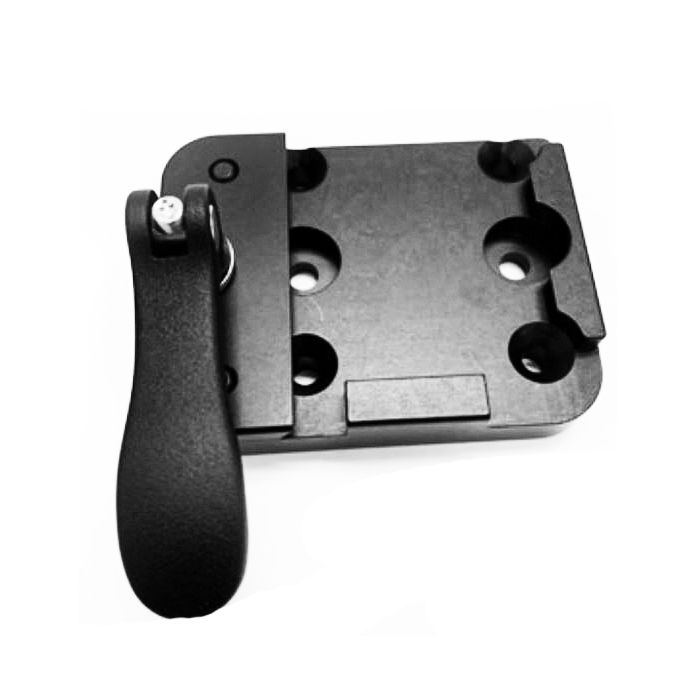
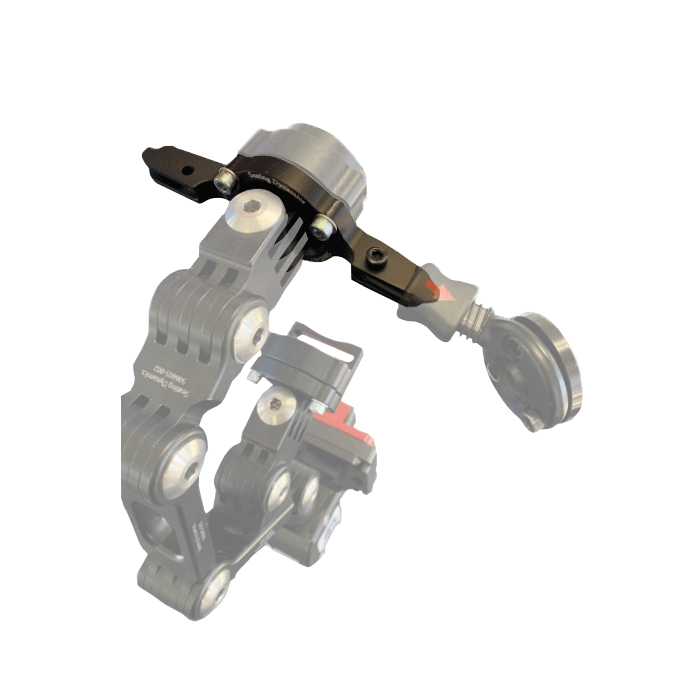
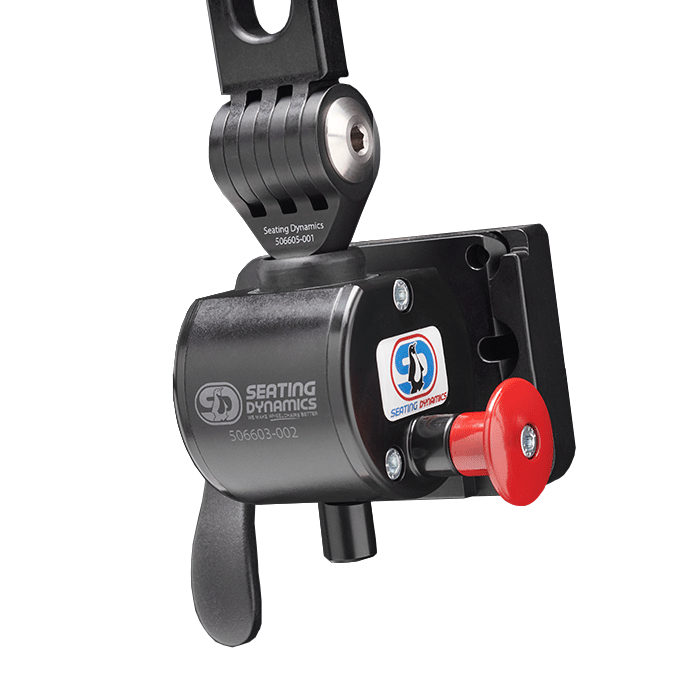
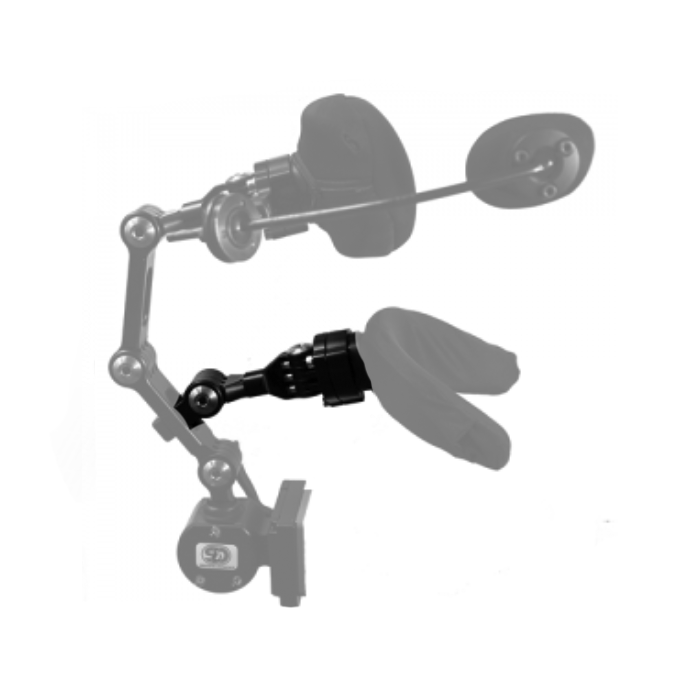
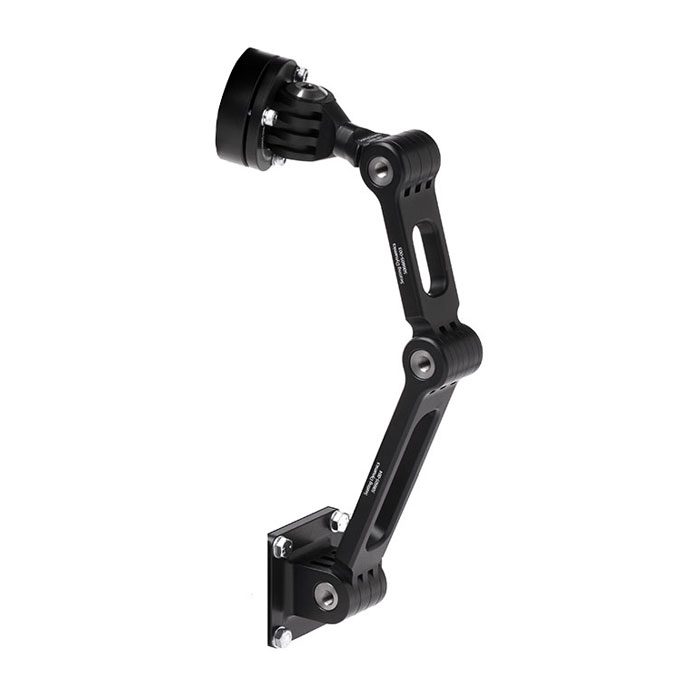
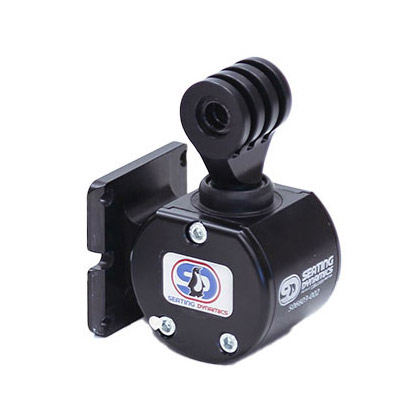
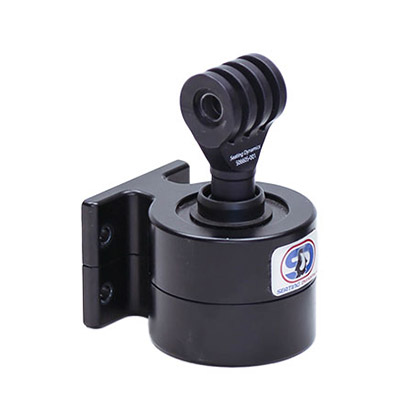
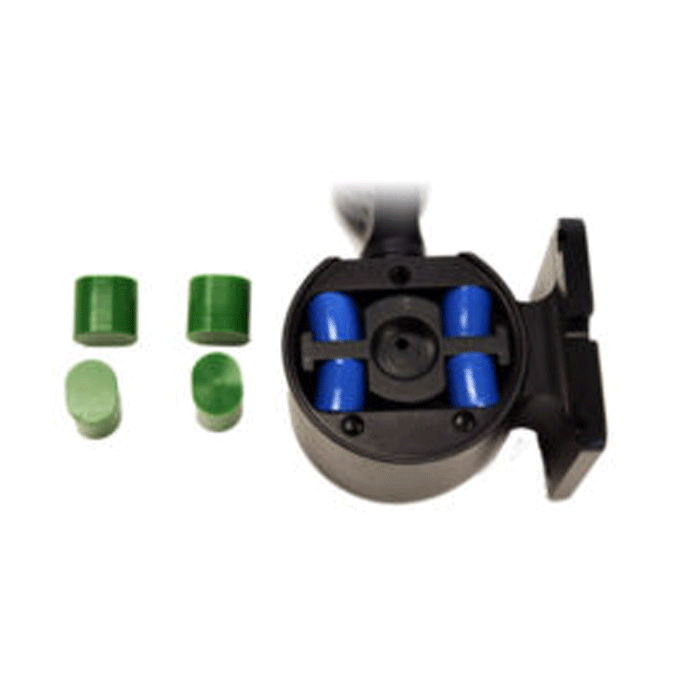
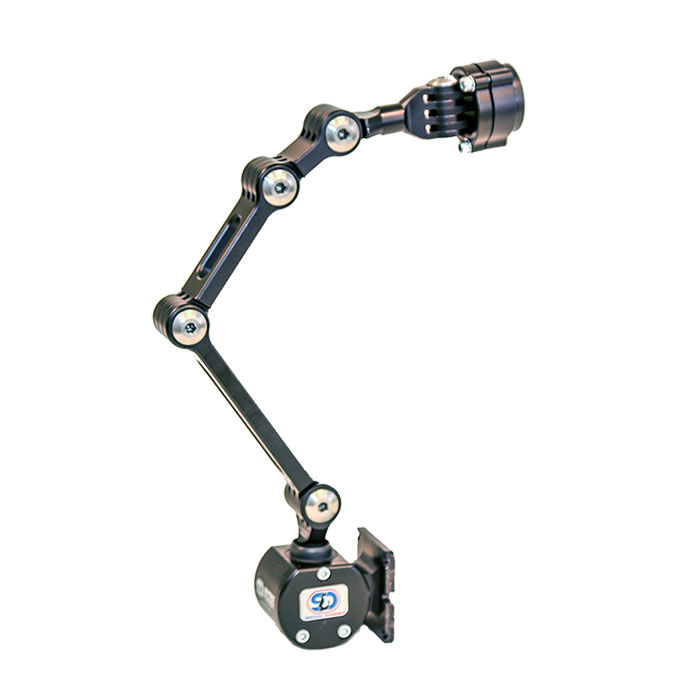

Hi Michelle, Great article….couldn’t agree more. Happy Holidays….!!!
Thanks Toby! Happy Holidays to you, as well, and keep up the great work you do!